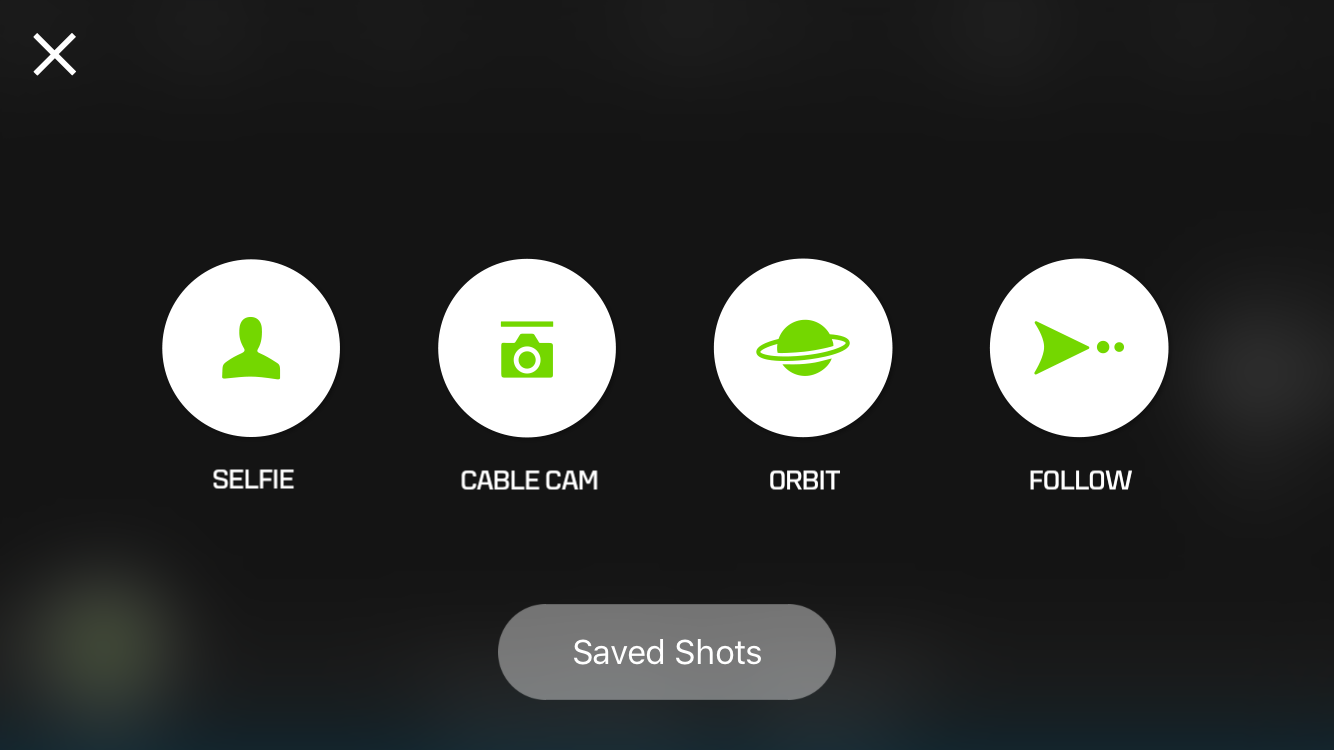Saving/Loading Smart Shots
Don't restart, Just Reload
About Saving/Loading Smart Shots
Saving/Loading smart shots gives the users the ability to quickly reload a complex flying path with the ease of a few taps. This gives them the confidence to get the exact picture or sequence every time.
My Role
I was the lead designer, responsible for flows, wireframes, concepts, prototypes and interaction specifications. Also collaborated closely with developers and flight engineers on implementation.
The Challenge
Being able to create complex flying paths in the sky brought up a some "What if's", "What if I forget to save my path?, What if I run of battery?, What happens if I loose connection mid-flight? What if I want to fly this path again another day?, What if I want to use another copter to fly?" to name a few.
It all pointed to being able to save and reload a path in the sky in a quick and intuitive way.
Saving the Path
We live in a time where most of our data gets automatically saved, and in some cases automatically restored, in our computers and devices, this case was not different. Through user research we kept coming across the same questions; "Can you save any Path?, Should you? What if I forget?".
This lead us to realize that any path should be automatically saved as soon as you set 2 keyframes and consequently there after. The reason being that there are uncontrollable factors that could make the user loose all the handwork of framing the perfect shot.
This auto-saving mechanic would also allow the user to quickly get their work back and flying their path with in seconds.
Loading A Smart Shot
Loading Smart Shots should be quick and intuitive, also easy to browse and identify which is the desired shot. During user research we learned that the target user would probably have very similar paths in the same area, this being due to the fact that they would want to get similar camera sequence in a similar path with different points of interest.
Taking this key necessities in consideration, we presented the users few concepts.
Smart Shot Sample Video Sketch
Smart Shot List Sketch
Smart Shot Sample Video Concept
Smart Shot List Concept
Even though the concept of having a vivid video had seemed delightful, research showed that it was much easier for a user to select from a simple list than a panel of moving images.
Final Implementation
The final implementation allowed the user to quickly preview the path on the map and is instructed to fly to the position and altitude of the first point. If the user was already nearby the first keyframe they would be given the option to load the cable and the copter will autonomously fly to the exact start point.
Final implementation
Sometimes the best approach is simplicity and to follow a mental model that the user is familiar with.



